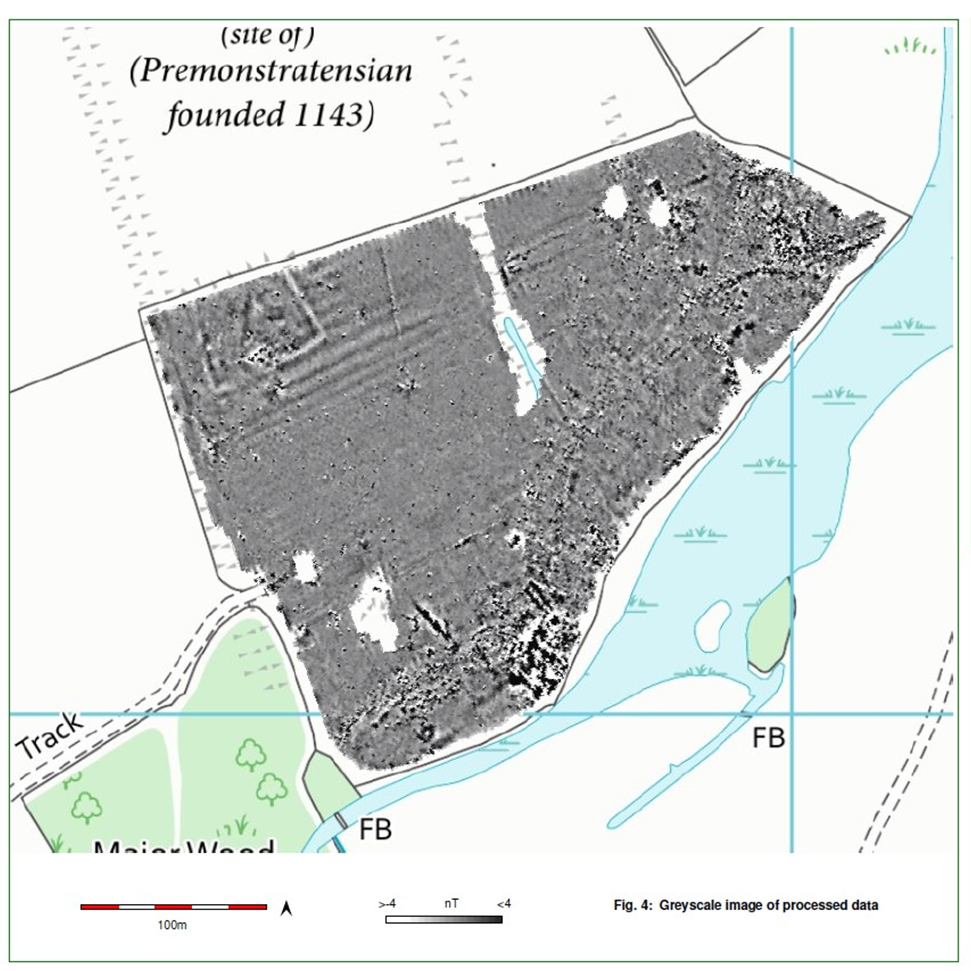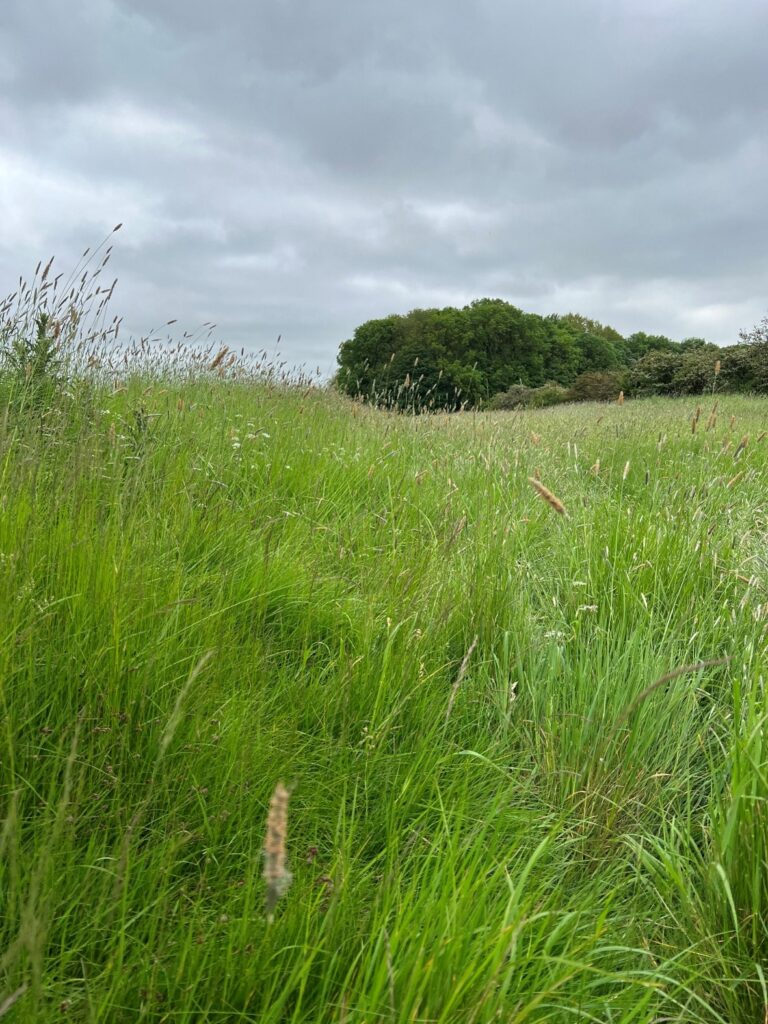Dr Ryan Prescott, project lead looks at what they hope to find at the excavations at Newhouse.
The reign of King Stephen, 1135 – 1154, commonly referred to as ‘the Anarchy,’ was marked by purported political turmoil and discord. Against this backdrop for the struggle for the throne, medieval chroniclers wrote of a surge in castle-building, seemingly in defiance of royal authority. While recent scholarship has since begun to reassess many aspects of Stephen’s reign, the archaeological dimension of these castles remains largely unexplored.
Subscribe to our quarterly newsletter
With the support of the Castle Studies Group Small Projects Fund, a geophysical survey was carried out in the Spring of 2023 to investigate Newhouse Castle, known to have been built in North Lincolnshire amidst the conflict between King Stephen and the Empress Matilda. However, soon after its initial construction, contemporary sources indicate that the site of Peter of Goxhill’s castle was repurposed to establish a monastery, becoming England’s first Premonstratensian House, continuing to prosper until finally suppressed in 1536.

On face value, the transient nature of the castle at Newhouse is typical of what we have come to recognise for ‘the Anarchy’ period, leaving much unknown about its characteristics, completion, or intended purpose. Through planned excavations made possible by a grant from the Castle Studies Trust, Dr Ryan Prescott and Humberfield Archaeology seek to achieve several key objectives in the summer of 2024:
- Unearthing the Past: This phase of the project involves excavating the earthwork identified through geophysical survey. By examining the physical remnants of Newhouse, we hope to be able to provide evidence for its construction, size, and layout. This is a crucial step when profiling the site and attempting to determine the reasons why it was first built.
- Dating Evidence: While historical documents offer some insights into Newhouse’s timeline, the lack of firm dating evidence leaves much to speculation. With two trial trenches planned across the monument, we aim to establish a more accurate chronology of the site, bridging the gap between written records and the physical evidence. This remains a key issue with all sites contemporary to ‘the Anarchy’ and where possible, we hope to be able to address this through the archaeological remains.
- From Castle to Abbey: One of the most intriguing aspects of Newhouse is its rapid transition from a castle to an abbey. Through an examination of the archaeological evidence and various buried deposits present at the site, we hope to learn more about the structural changes which accompanied this transformation. Understanding how and why Newhouse evolved into Newsham Abbey is essential when interpreting the socio-political landscape of North Lincolnshire.
- Contextual Analysis: Newhouse does not exist in isolation; it is part of a broader network of castles and religious foundations in North Lincolnshire and the Humber. By comparing Newhouse with nearby sites including the castles at Barrow upon Humber and Barton upon Humber, we aim to gain insights into the regional dynamics of lordly power during ‘the Anarchy’. How did these sites interact, compete, or cooperate in the midst of political instability? These are just some of the questions we hope to answer.

As we now enter the excavation phase at Newhouse, we will continue share our progress through blog posts, video updates, and our excavation findings when the work has been completed. We hope that our research at Newhouse will contribute to a deeper understanding of ‘the Anarchy’, and provide a much-needed local perspective into how lesser magnates, like Peter of Goxhill, expressed their wealth, power, and status through castle-building and religious patronage.
Subscribe to our quarterly newsletter